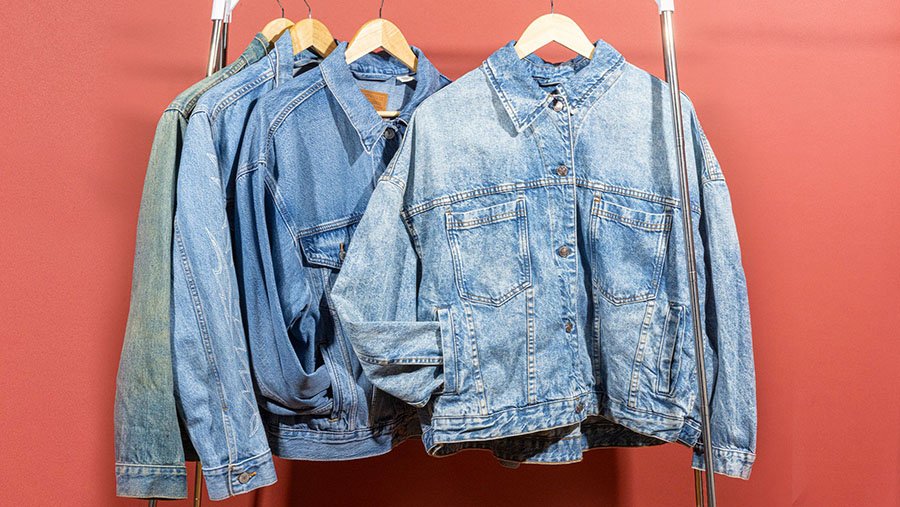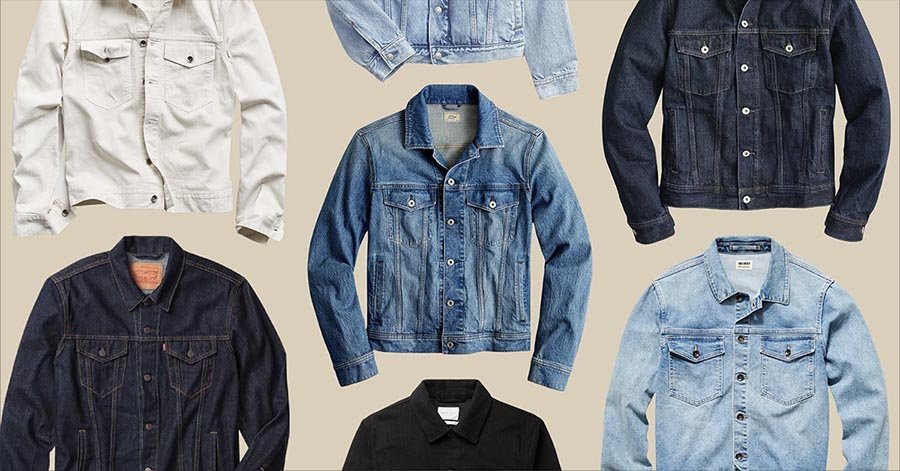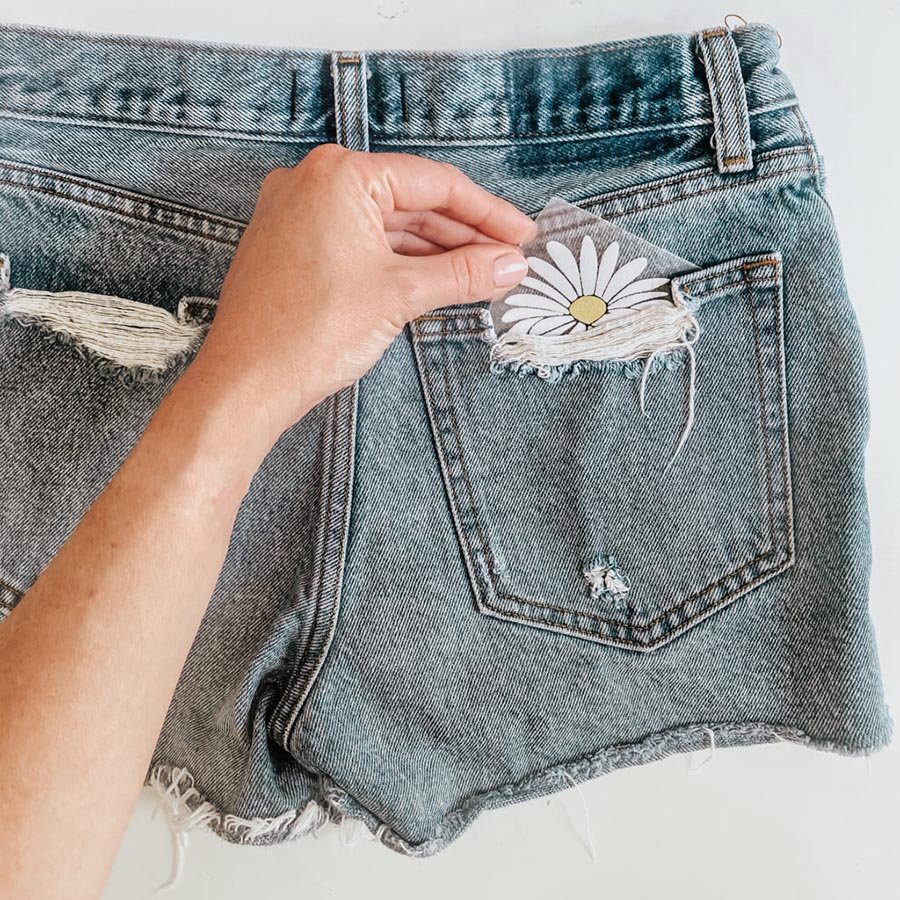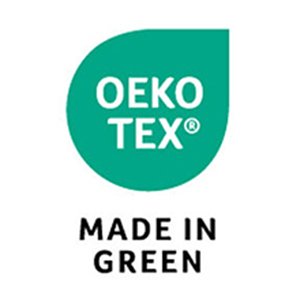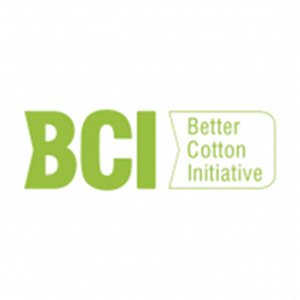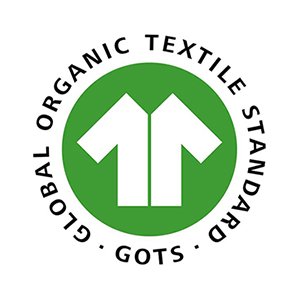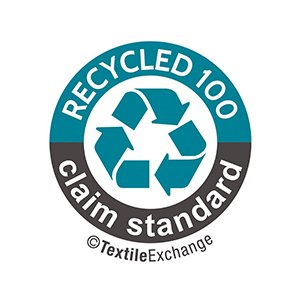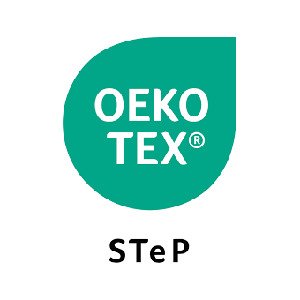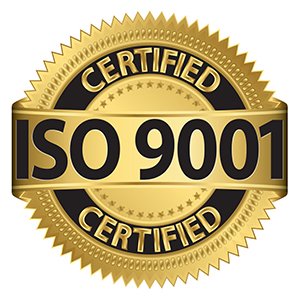Many clients ask us: what actually happens inside a denim factory to transform fabric into finished jeans?
At Jeanzio, we believe transparency helps brands understand timelines, costs, and quality checkpoints in denim production.
Jeans are made in factories through a step-by-step process that includes fabric sourcing, cutting, stitching, washing, finishing, trimming, and final quality control. Each stage combines craftsmanship and industrial efficiency to deliver durable and stylish denim.
Let’s walk through the journey of making jeans in the factory.
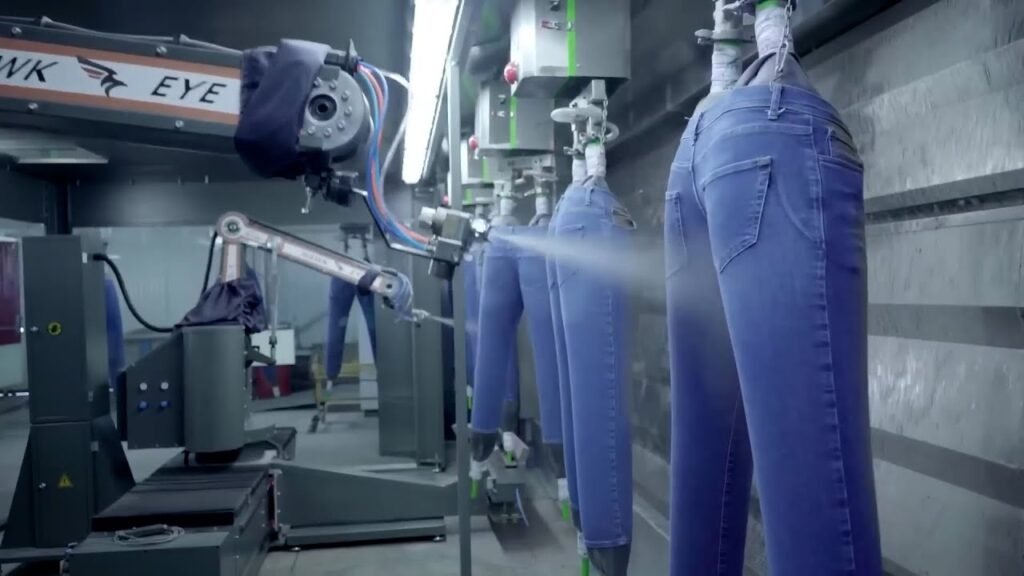
What is the first step in making jeans?
It begins with fabric sourcing.
Factories start by sourcing denim fabric from trusted mills, checking fiber composition, weight, weave, and dyeing quality.
Fabric Selection Process
- Cotton or blended denim chosen by client.
- Indigo dye method confirmed (rope or ring dye).
- Weight and stretch properties tested.
Our Insight
At Jeanzio, we collaborate with mills offering sustainable cotton and eco-dyed fabrics.

How are jeans cut in factories?
Precision is critical.
Once fabric arrives, it is spread, marked with patterns, and cut into panels using manual or automated cutting machines.
Cutting Details
- Patterns include front, back, pockets, waistband.
- Automated cutters ensure consistency.
- Cutting waste managed for sustainability.
Our Insight
We use CAD systems and automatic spreaders to reduce human error and fabric waste.
How does stitching assemble jeans?
Seams bring panels together.
Sewing operators stitch panels into jeans, using heavy-duty machines with strong thread and denim-specific presser feet.
Key Stitching Stages
- Inseams and outseams sewn.
- Pockets attached and reinforced with bar tacks.
- Waistbands and belt loops added.
- Chain stitch hems applied.
Our Insight
At Jeanzio, we reinforce stress points with rivets and bar tacks for long-term durability.
What role do trims and hardware play?
Small details matter.
Buttons, rivets, zippers, and labels are added to complete jeans, ensuring both functionality and branding.
Trim Checklist
- Metal tack buttons at waistband.
- Zippers tested for smoothness.
- Rivets at pocket corners.
- Branded back patch attached.
Our Insight
We help clients customize hardware finishes and trims for unique brand identity.
Why is washing a key stage in denim production?
Washing defines character.
Raw jeans are stiff, so factories apply washing processes to soften fabric, create fades, or achieve fashion finishes.

Washing Methods
- Rinse wash for softness.
- Stone wash for vintage look.
- Enzyme or ozone wash for eco impact.
- Laser fading for sustainable designs.
Our Insight
We invest in eco-friendly laundries that reduce water and chemical use.
How are jeans finished in the factory?
Details complete the product.
Finishing includes pressing, distressing, embroidery, or special surface effects to align with fashion trends.
Finishing Techniques
- Pressing and ironing for clean look.
- Distressing for worn appearance.
- Embroidery or patches for customization.
- Coating or waxing for fashion effects.
Our Insight
We assist clients in design development for finishing styles.
What happens in the final QC stage?
No pair leaves unchecked.
Factories conduct strict quality control to ensure jeans meet client specifications in stitching, fit, trims, and wash.
QC Steps
- Size and measurement checks.
- Seam strength tests.
- Wash consistency evaluation.
- Packaging inspection.
Our Insight
At Jeanzio, we share detailed QC reports with clients before shipment.
How long does it take to make jeans?
Timelines depend on scale.
Sampling may take 2–4 weeks, while bulk production takes 45–90 days depending on fabric, finishing, and order size.
Timeline Factors
- Fabric sourcing speed.
- Wash complexity.
- Quantity of order.
- Logistics and shipping.
Our Insight
We help clients plan lead times strategically to avoid delays in seasonal launches.
Why is sustainability now part of factory production?
Factories evolve with markets.
Today, high-quality factories integrate sustainability practices into every step, from fabric sourcing to washing.
Sustainable Practices
- Organic/recycled cotton sourcing.
- Waterless dyeing and washing.
- Energy-efficient cutting machines.
- Waste recycling and traceability systems.
Our Insight
We commit to eco production methods to meet client and consumer expectations.
What should clients consider when choosing a jeans factory?
The right partner ensures quality, timelines, and market fit.
Client Checklist
- Fabric sourcing capabilities.
- Cutting and stitching technology.
- Trims and hardware customization.
- Washing and finishing expertise.
- QC and sustainability practices.
At Jeanzio
We provide end-to-end denim manufacturing services, from design consultation to finished products.
Conclusion
Jeans are made in factories through a structured process: fabric sourcing, cutting, stitching, washing, finishing, trimming, and quality control. Each step shapes durability, comfort, and branding.
At Jeanzio, we support clients with transparent production and sustainable methods, ensuring jeans meet both technical standards and market demand.


